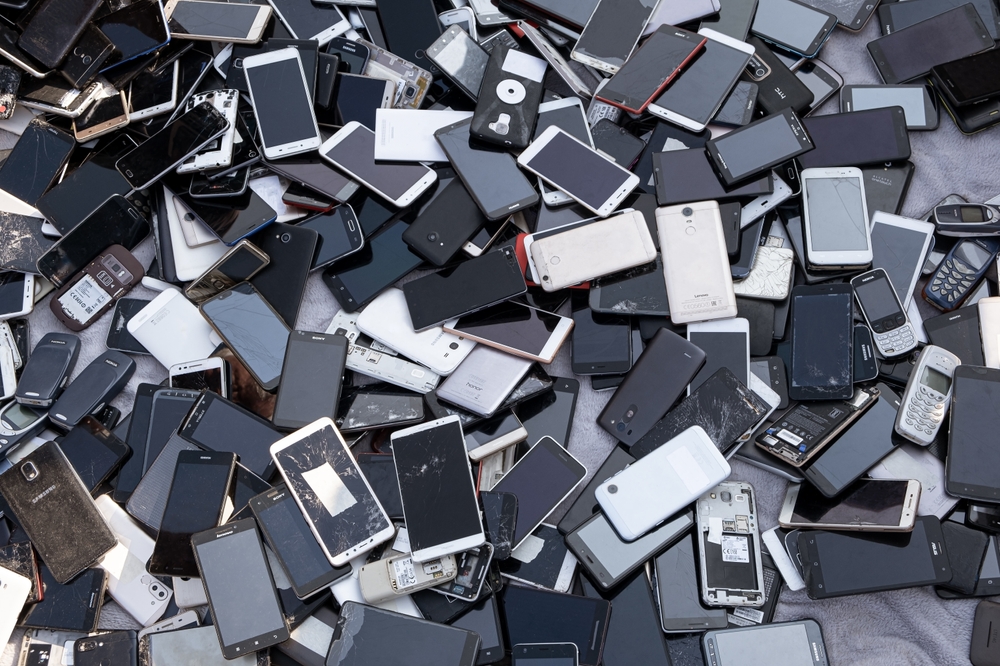From rice tricks to “waterproof” promises, here’s what really happens when your phone goes for a swim — and why most of what you’ve heard is wrong.
Others are reading now
That “revived” phone might still be dying
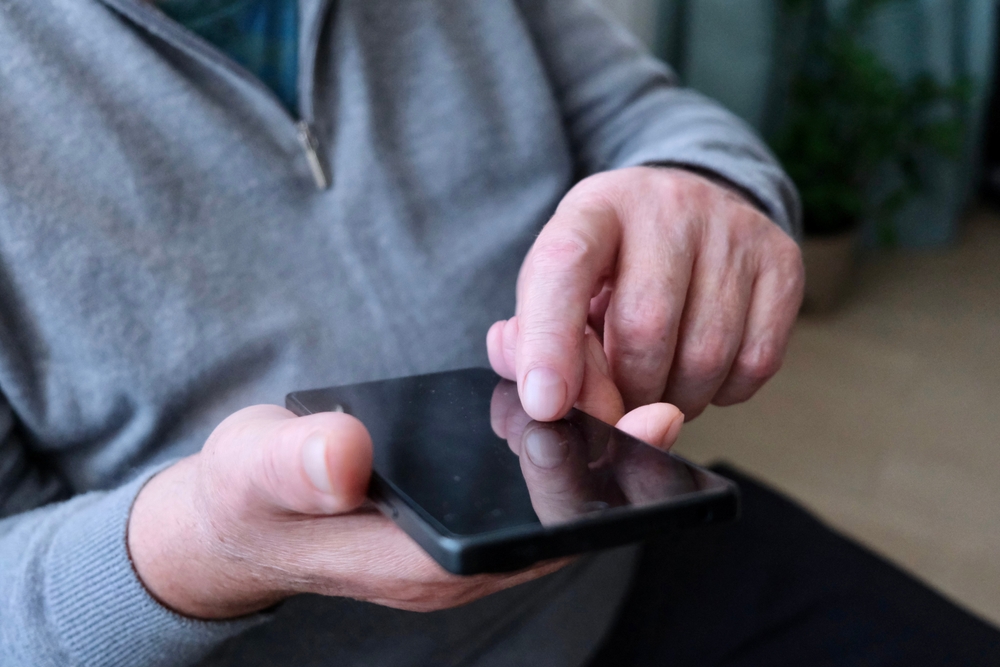
Just because your device turns back on doesn’t mean it’s safe. Corrosion can silently eat away at components days or even weeks after water exposure.
“Waterproof” isn’t a universal guarantee

The term is often misleading. Manufacturers face strict rules on using it, and not all wetness — like soapy water or salt spray — is accounted for.
IP ratings don’t mean real-world proof
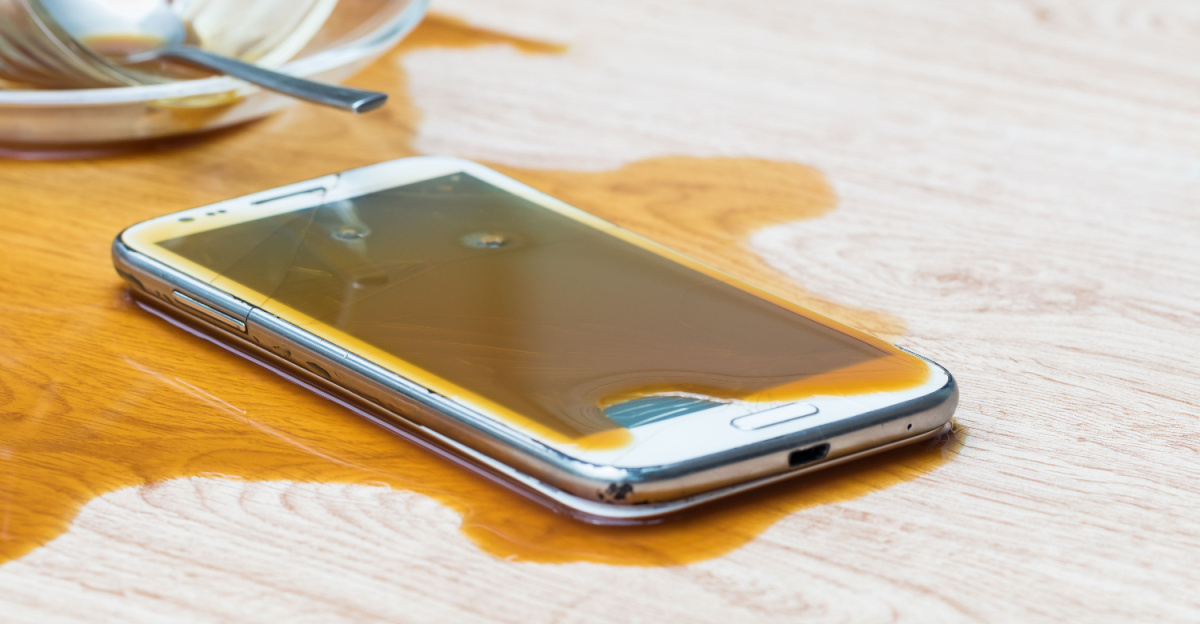
Ingress protection (IP) ratings are based on lab tests with fresh water. Spills involving coffee, wine, or pool chlorine? Those may not be covered.
Rice won’t rescue your device
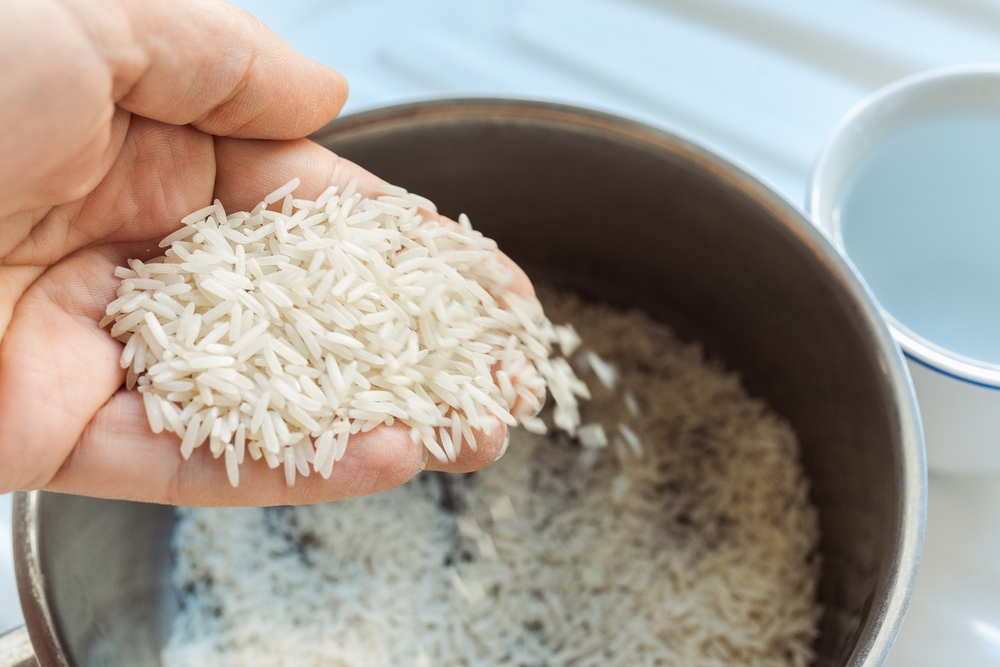
The popular DIY trick of burying your phone in rice can make things worse. Dust from rice can damage internals. Best to power it off and let it air-dry.
Also read
Warranties rarely cover liquid mishaps
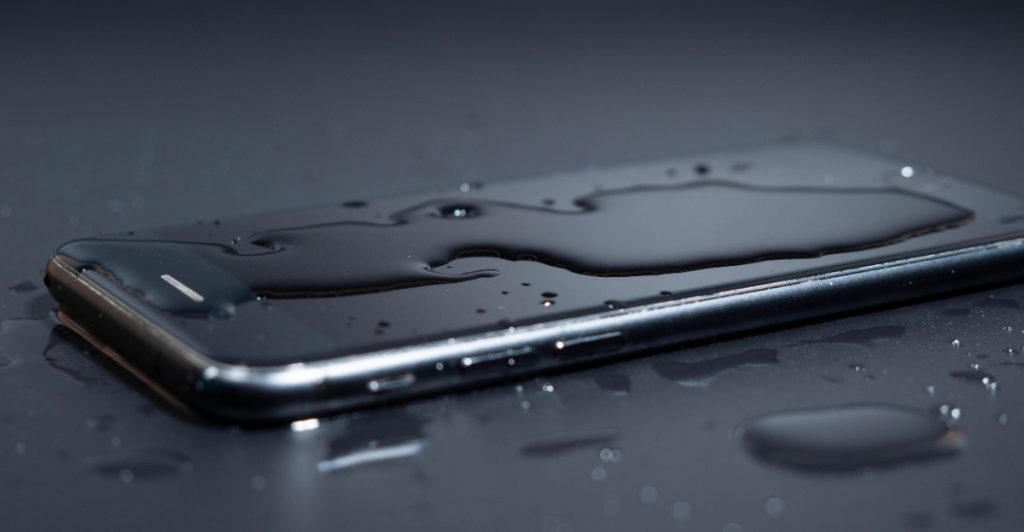
Unless you bought extra coverage, your warranty likely excludes water damage. Even extended plans may limit how many “accidents” are forgiven.
Ad campaigns often oversell durability
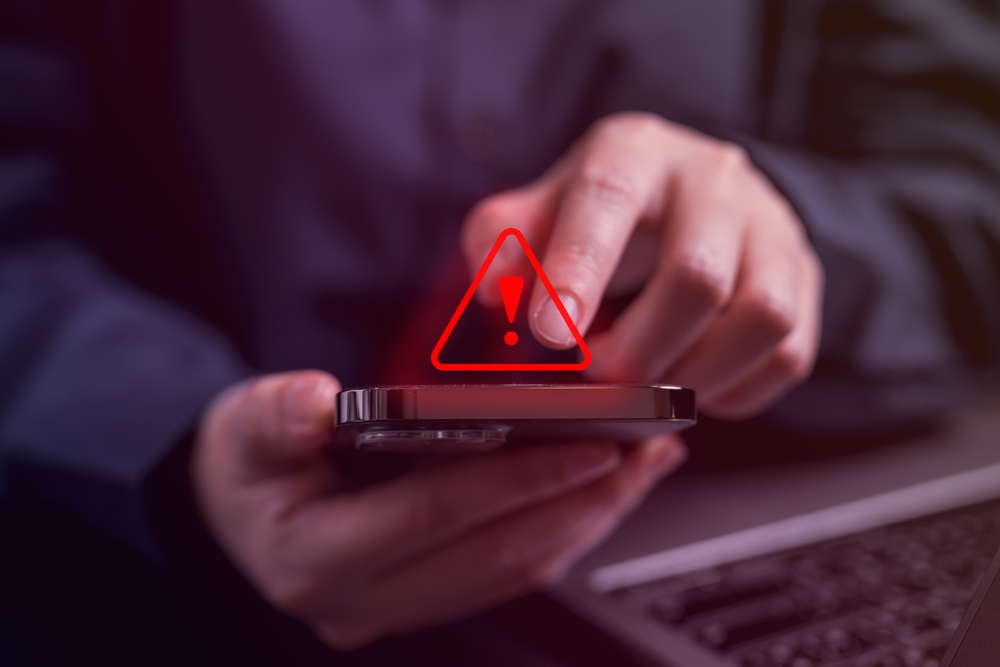
Just because you saw a celeb dunking a phone in champagne doesn’t mean it’s safe. Many companies explicitly advise against that behavior.
Not all water is created equal

Your device may survive a splash of clean tap water, but salty seawater, humid bathrooms, and sugary sodas are far more dangerous to tech.
“Water resistance” is a design baseline now

Modern gadgets are built with some moisture protection. But it’s meant for everyday splashes — not submersion or spills during laundry day.
Repairs can be costly and limited
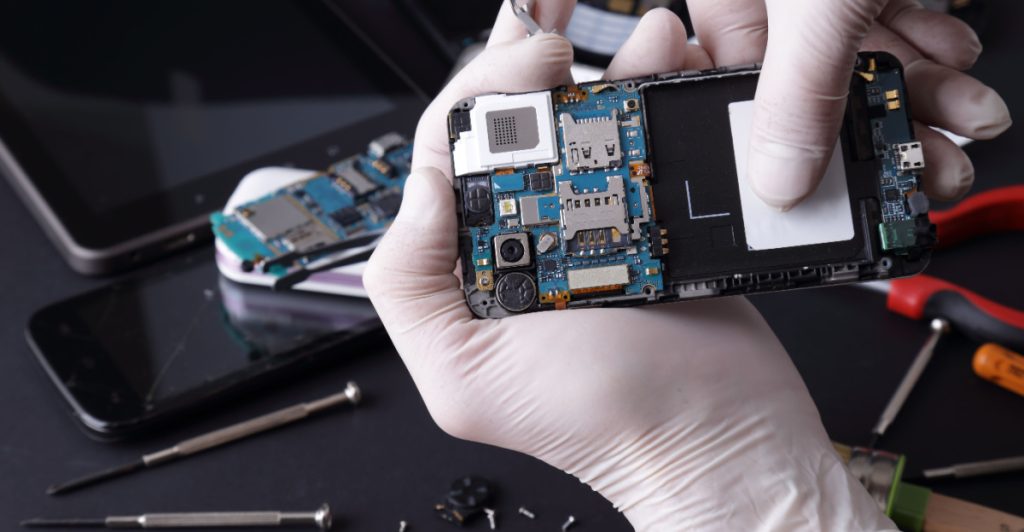
Even with coverage, repairs after water damage can be denied or limited. Liquid contact indicators inside devices often tell the tale.
What consumers really need is honesty

As argued in The Conversation, companies should align marketing with real-world risks — and policies that treat people fairly when spills inevitably happen.

